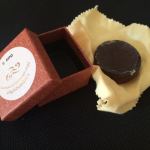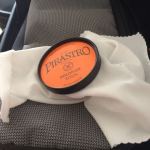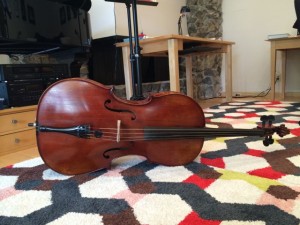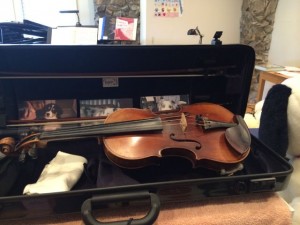Happy New Year to the gots2know blog readers. Lets begin 2015 with rosin and how rosin contributes to the sound of string instruments.
“Choosing the right rosin for your instrument”
http://www.thestrad.com/cpt-latests/choosing-right-rosin-instrument/
December 30, 2014, The Strad
A great article on “How to choose rosin” for those of you interested in learning more about rosin in addition the September post “The Elements of Transformative Violin Sound”. This article talks about rosin’s role, and its responsibility when it comes to contributing to sound and how it is important to a player and how one would chose a particular type of rosin during season changes, concert hall changes, and performing menu etc. After 9 months of trying new rosin, through season changes from summer to winter, I’m going between  Liehenzeller II and Pirastro Goldflex. For some reason, I don’t think my violin resonates with Liehenzeller well especially during cold weather. Also, I’m correcting my bow technique which could also very well change my preference of rosin. It reminds me of a chess game, each move can change the outcome of the game. 🙂 Similarly, every little change you make from rosin to bowing technique can have a big impact on the quality of the sound coming from the instrument.
Liehenzeller II and Pirastro Goldflex. For some reason, I don’t think my violin resonates with Liehenzeller well especially during cold weather. Also, I’m correcting my bow technique which could also very well change my preference of rosin. It reminds me of a chess game, each move can change the outcome of the game. 🙂 Similarly, every little change you make from rosin to bowing technique can have a big impact on the quality of the sound coming from the instrument.


